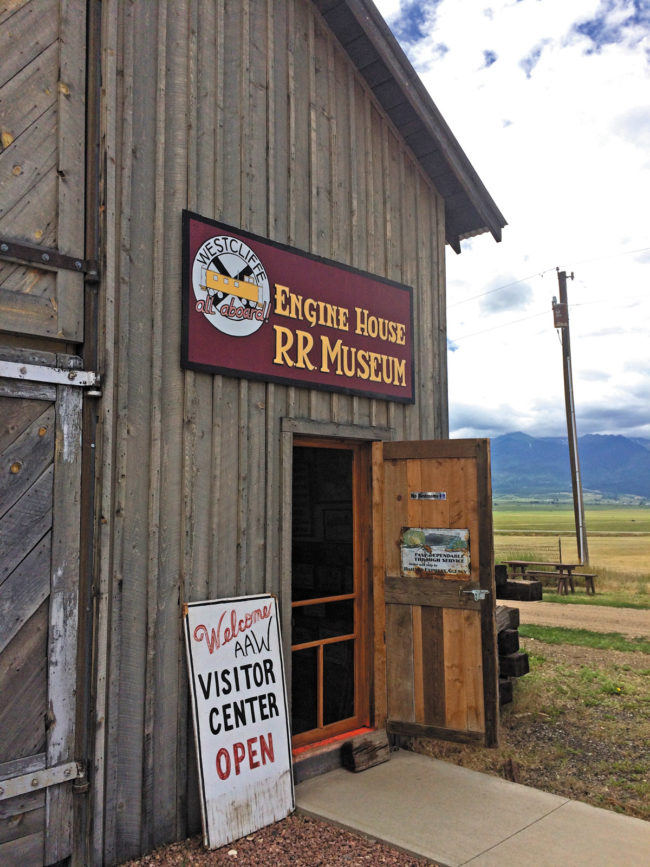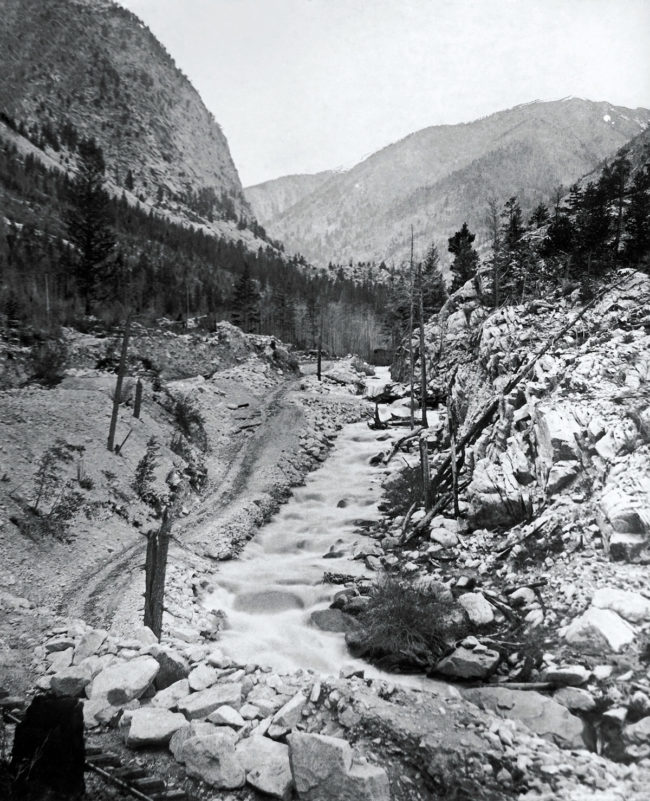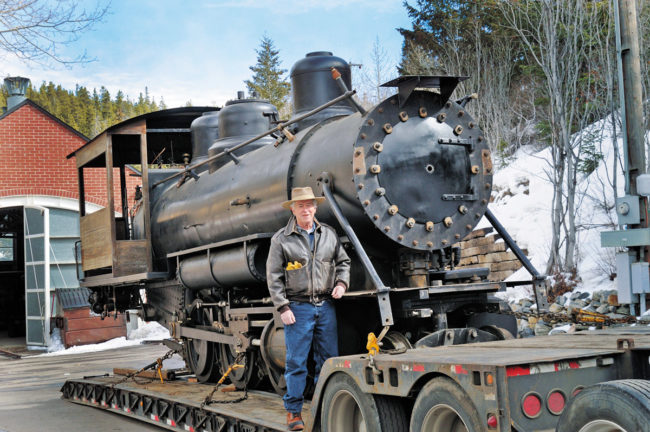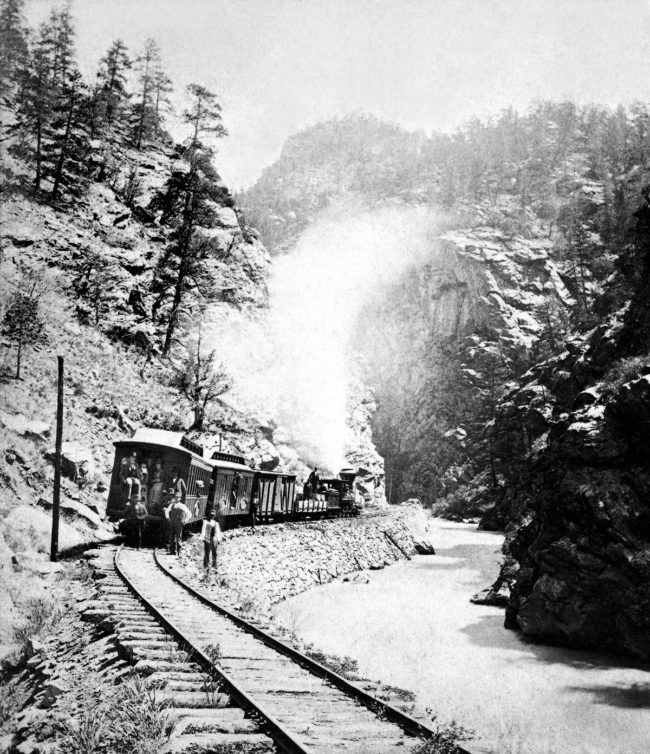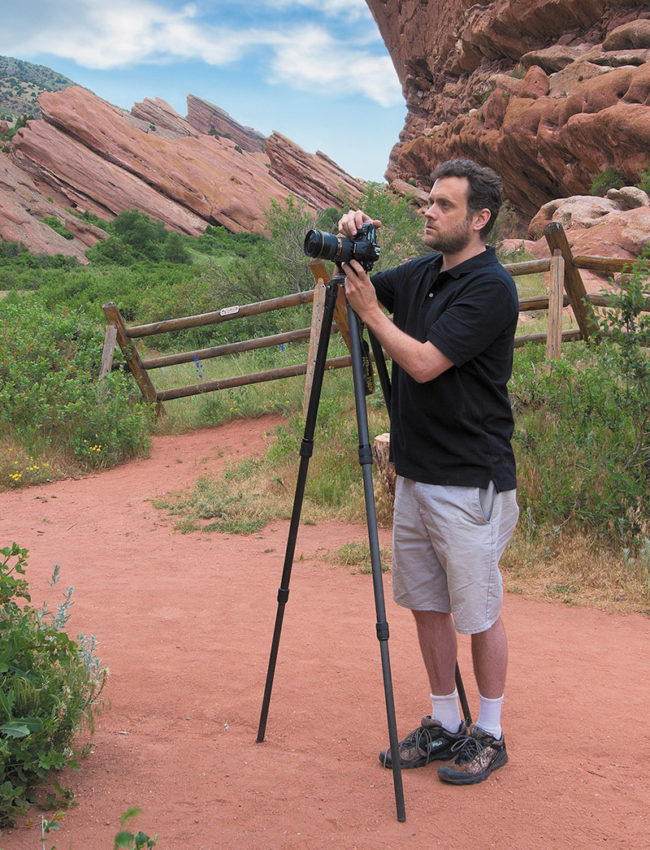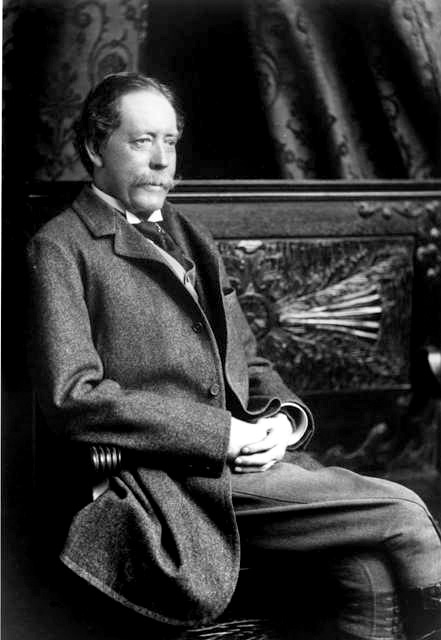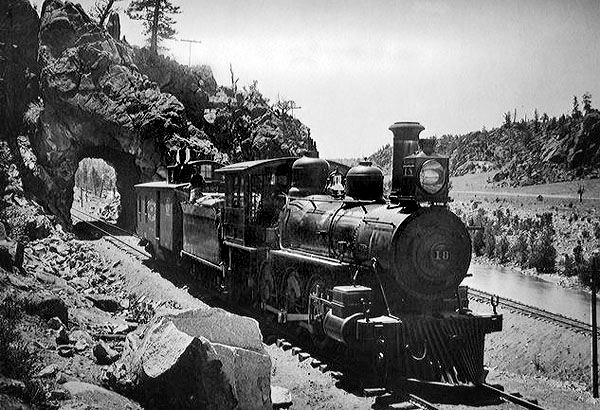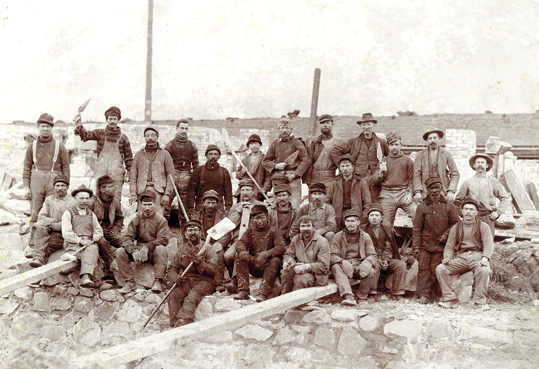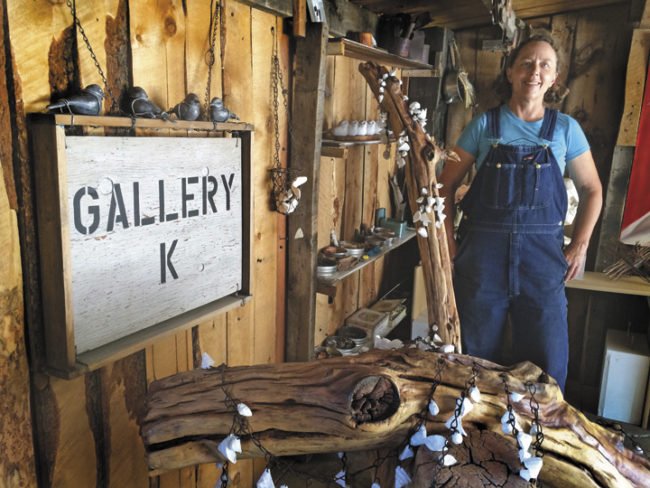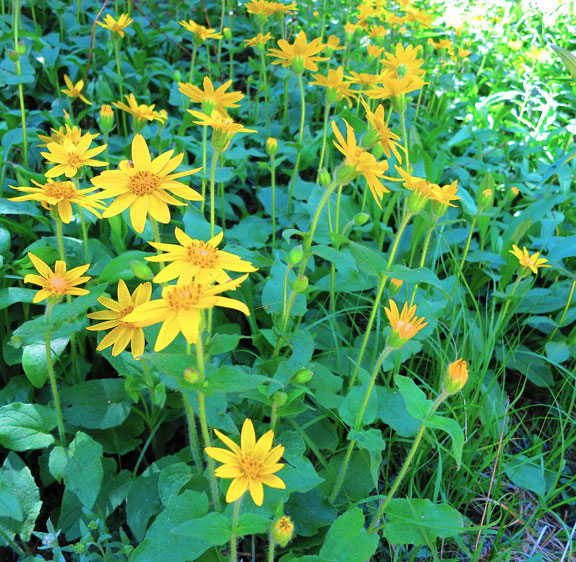By Martha Quillen
If anybody tries to tell you that the United States of America is no longer the greatest manufacturing nation of all time, you should remind them that this is the Information Age, and due to the Internet, information has gone viral and is out of control. Now, people are calling this a “post-truth” era, because there are so many conflicting stats, facts and figures being produced. And clearly the United States contributes plenty to those developments.



